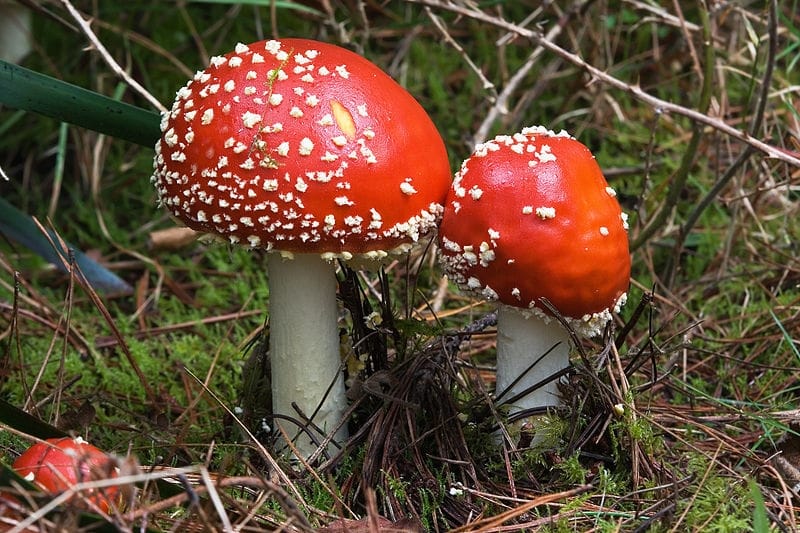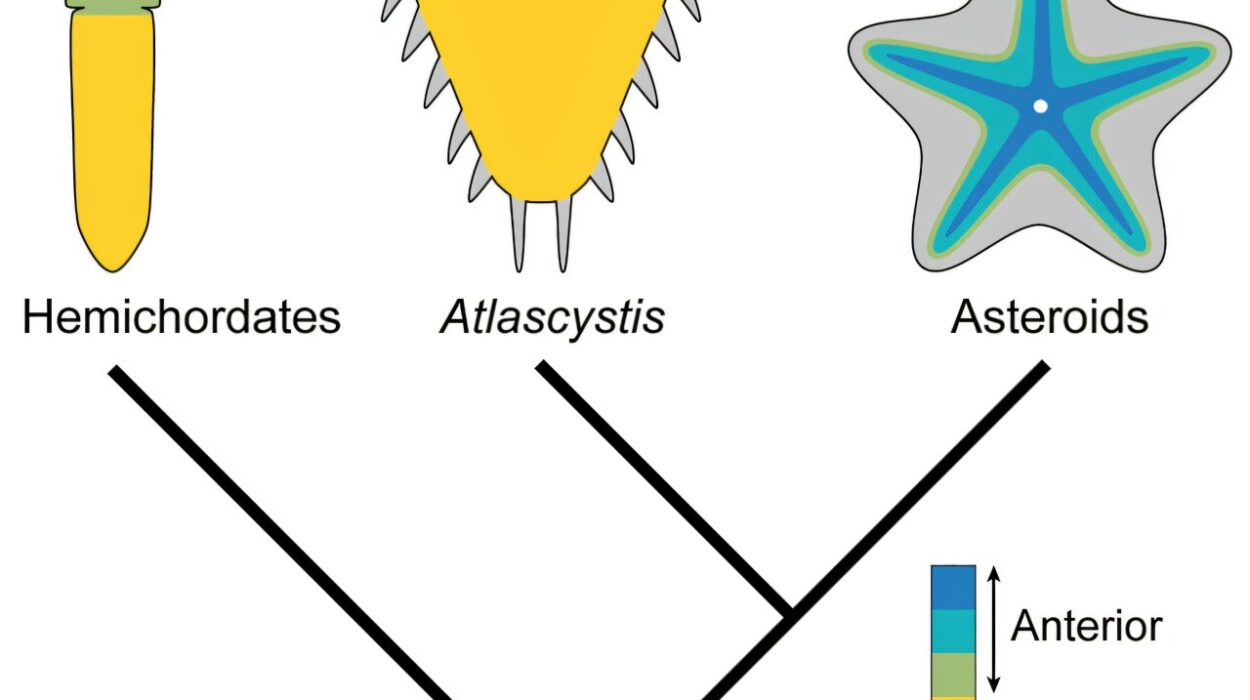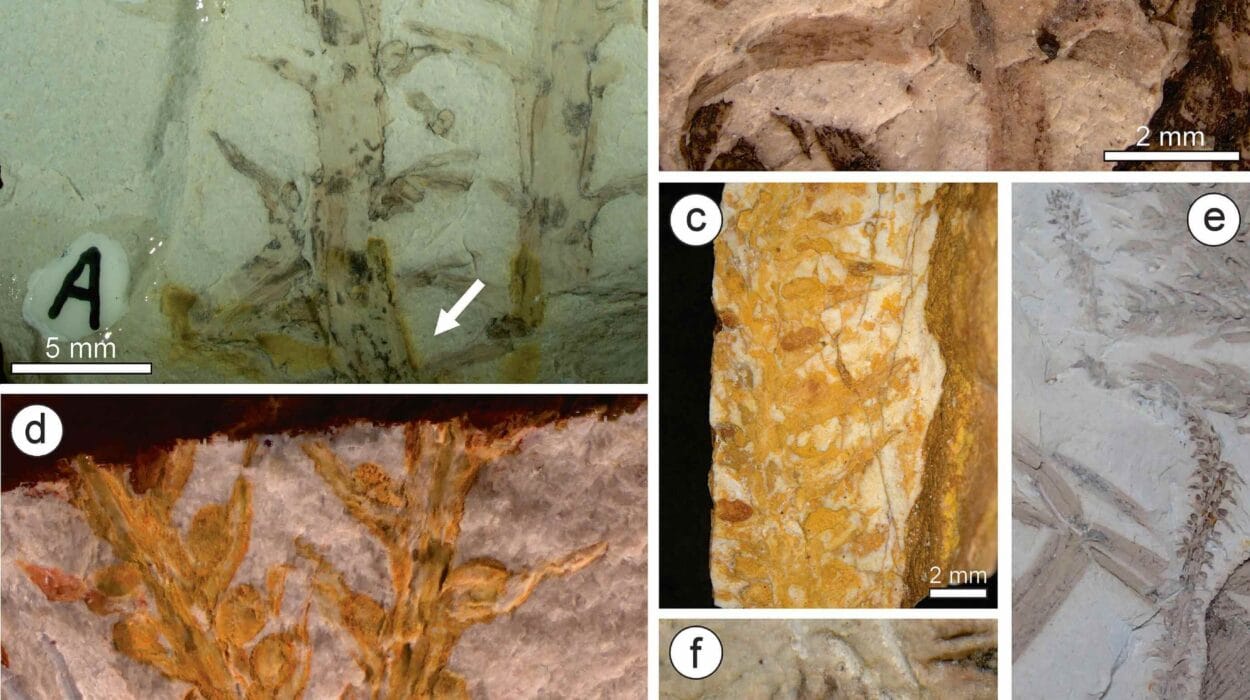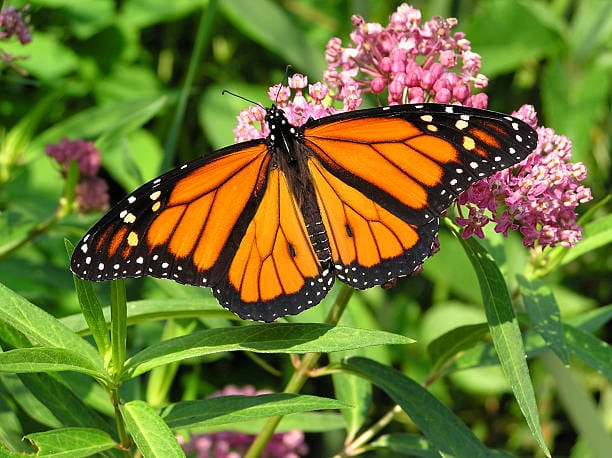In the quiet stillness of a forest, after a storm has toppled trees or animals have lived and died in their natural cycles, there is an invisible network awakening. A world beneath the fallen leaves and decaying logs—ancient, patient, and alive. This world is ruled not by towering trees or predatory beasts, but by something far more enigmatic and essential: fungi.
Fungi are not just mushrooms poking through the forest floor or mold creeping along old bread. They are the unsung architects of life, and more remarkably, of death. In the grand cycles that govern the natural world—birth, growth, death, decay, and rebirth—fungi are the agents of transformation. They break down what once lived into nutrients that give rise to new life. In doing so, they hold together the very fabric of ecosystems.
Fungi are the recyclers, the decomposers, the custodians of balance. Without them, the world would suffocate beneath a mountain of dead matter. But beyond decomposition, their roles in ecosystems are as diverse and complex as life itself.
Neither Plant Nor Animal
For centuries, fungi occupied a strange place in biological classification. Were they plants? They didn’t move, after all. But they didn’t photosynthesize either. It wasn’t until the late 20th century that fungi were given their own kingdom in the tree of life, distinct from plants, animals, and bacteria. And rightfully so.
Fungi are unique in both form and function. They are heterotrophs, like animals, meaning they obtain food from other organisms. But unlike animals, fungi absorb nutrients from outside their bodies. They secrete powerful enzymes into their surroundings to break down complex organic material, and then absorb the simpler molecules that result. This external digestion is what makes fungi such master decomposers.
Most of a fungus lives unseen, as a sprawling network of thread-like structures called hyphae. These hyphae weave into soil, wood, and other substrates, forming an intricate mesh known as mycelium. A single cubic inch of soil can contain over eight miles of these fungal threads. They are everywhere, but almost entirely invisible—until, under the right conditions, they send up mushrooms, the reproductive organs that briefly appear above ground like the tip of an iceberg.
The Engines of Decay
When a tree falls in the forest and no one is there to hear it, fungi are already listening.
The moment a living organism dies, the fungal kingdom takes note. Bacteria may be first on the scene, but fungi are the cleanup crew with staying power. They specialize in breaking down some of the most resistant and complex biological materials on Earth: cellulose, lignin, and keratin. These are the molecules that make up plant cell walls, woody structures, and tough animal tissues.
Fungi that decompose dead matter are called saprotrophs. They colonize fallen logs, dead leaves, animal carcasses, and even insects, working tirelessly to break them down into simpler components. Some species focus on cellulose and soft plant tissues. Others, like white rot fungi, can digest lignin—the tough polymer that makes wood rigid and nearly indestructible to most other organisms.
Without fungi, dead matter would simply accumulate. Forest floors would become tombs, oceans would become graveyards, and nutrients would be locked away in unusable forms. Fungi free these nutrients—nitrogen, phosphorus, potassium, carbon—so they can be taken up again by plants and re-enter the living world.
It’s not decay for the sake of decay. It’s decay as rebirth.
Carbon Cycling and the Breath of the Earth
Fungi are major players in the global carbon cycle. When they break down plant material, they release carbon dioxide back into the atmosphere. While this may sound like a negative contribution in the age of climate change, it’s part of a vital equilibrium. Plants absorb CO₂ during photosynthesis, and fungi return it when plants die. The balance of these processes sustains the planet’s climate and fertility.
However, some fungi also help sequester carbon. In colder or wetter environments where decomposition is slow—such as peat bogs and forest floors—fungal activity can result in the partial decay of organic matter. This creates humus, a rich, dark material that holds carbon in the soil for centuries or longer. In these ways, fungi both release and store carbon, acting as regulators of Earth’s atmospheric chemistry.
In recent years, scientists have begun to understand how fungi might play a role in mitigating climate change. Certain mycorrhizal fungi—those that live symbiotically with plant roots—can influence how much carbon is stored underground. By increasing plant growth and soil carbon content, these fungi help forests act as more effective carbon sinks.
Mycorrhizal Fungi: Partners in the Underground
While saprotrophs break down the dead, another vast group of fungi are focused on the living. These are the mycorrhizal fungi, which form mutualistic relationships with plant roots. The word “mycorrhiza” comes from Greek roots meaning “fungus” and “root,” and their partnership is one of the most ancient and widespread in nature.
Plants provide fungi with sugars produced through photosynthesis. In return, the fungi extend the plant’s root system through their hyphae, vastly increasing the surface area available for water and nutrient absorption. They help plants access phosphorus, nitrogen, and even trace minerals from the soil. Some fungi even protect plants from pathogens and drought.
More than 90% of land plants form mycorrhizal associations. Without these fungi, most forests, grasslands, and crops would struggle to survive. And these underground relationships are not isolated. Mycorrhizal fungi link multiple plants together in what has been poetically called the “wood wide web”—a complex communication network in which trees can share resources, warn each other of threats, and nurture seedlings in their shade.
These networks are so sophisticated that older, larger trees—sometimes called “mother trees”—can preferentially direct nutrients to younger saplings, often of their own species. The intermediaries? Fungi.
Fungi and Soil Health
The soil beneath our feet is not dirt; it is a living, breathing community. And fungi are among its most essential inhabitants.
By decomposing organic matter, fungi help create fertile soil. Their hyphae bind soil particles together, improving structure, aeration, and water retention. This physical change is crucial for preventing erosion and promoting plant health.
Fungi also influence the chemical composition of soil. As they break down materials, they alter pH levels and release compounds that affect microbial activity. Some fungi even excrete acids that dissolve rock, slowly turning stone into soil—a process vital for the long-term formation of landscapes.
Importantly, fungi interact with other soil organisms. They compete with bacteria, form alliances with nematodes and insects, and sometimes prey on them. This dynamic ecosystem of checks and balances maintains soil biodiversity and productivity.
In agriculture, recognizing the role of fungi has transformed practices. No-till farming, composting, and cover crops all aim to preserve fungal networks. Farmers are now experimenting with fungal inoculants—adding beneficial fungi to the soil—to improve yields, reduce the need for chemical fertilizers, and restore degraded lands.
Symbiosis Beyond Roots
Not all symbiotic fungi live underground. Some live inside leaves, stems, and bark as endophytes—organisms that inhabit plant tissues without causing harm. These fungi may enhance plant growth, increase resistance to drought, or defend against herbivores and pathogens by producing chemical compounds.
In tropical forests, endophytic fungi are especially diverse and play a key role in maintaining ecosystem resilience. Their presence can determine whether a plant survives under stress or succumbs to disease. Some endophytes have even shown potential for producing new antibiotics and antifungal agents, holding promise for medicine.
Other fungi form symbioses with insects. Leaf-cutter ants, for example, cultivate fungal gardens from chewed plant material, which they feed to their larvae. In return, the fungus benefits from protection and a steady supply of food. This agricultural relationship has been perfected over millions of years and rivals the complexity of human farming.
Still more fungi associate with termites, beetles, and wasps in intricate mutualisms. In each case, the fungi are more than decomposers—they are coevolutionary partners shaping the fate of their hosts and habitats.
The Pulse of the Forest
In forest ecosystems, the role of fungi is especially dramatic. A fallen tree becomes a banquet. Within days, spores carried by wind, insects, and animals land on the bark. They germinate, grow hyphae, and infiltrate the wood. White rot fungi digest lignin. Brown rot fungi target cellulose. Soft rot fungi thrive in damp conditions. Together, they orchestrate the slow disintegration of what was once towering and solid.
As they work, they release heat. The process of fungal metabolism can raise the temperature of a decaying log significantly, even in winter. Steam rises from compost heaps in cold weather, evidence of fungi laboring deep inside. They are, quite literally, the beating heart of decay.
As decomposition progresses, nutrients leach into the soil, supporting mosses, seedlings, and animals. Insects burrow through the softened wood, birds feed on the insects, mammals forage on fungi, and everything is part of a living cycle. The log disappears not into nothing, but into everything.
Without fungi, the forest would collapse. Nutrients would be trapped in deadwood and leaf litter. Seeds would starve in impoverished soil. New life would falter.
Fungi and Biodiversity
Fungi themselves are astonishingly diverse. Scientists estimate there may be between 2.2 and 3.8 million fungal species on Earth, but fewer than 10% have been formally described. They range from microscopic molds to sprawling underground networks spanning miles.
This diversity supports other forms of life. Many fungi are food sources for animals, including humans. Truffles, morels, and chanterelles are delicacies. Other species are vital for insect development, fish habitats, and pollinator health.
But fungi also regulate biodiversity through competition and chemical warfare. Some release compounds that suppress the growth of other organisms. Others produce toxins that deter grazers or attract specific dispersers. Their ecological roles are finely tuned and often species-specific.
In tropical ecosystems, fungi may even determine tree diversity. Studies have shown that seedlings growing too close to adult trees of the same species are more likely to die from fungal infections. This negative feedback promotes spatial diversity and helps explain why rainforests support so many species in a limited area.
The Fragility of the Fungal World
Despite their ubiquity, fungi are not immune to human impact. Habitat destruction, pollution, climate change, and overharvesting threaten fungal communities worldwide. When forests are logged, the fungal networks in the soil are destroyed. When soils are compacted or treated with fungicides, vital species are wiped out.
Many rare fungi are disappearing before they are even discovered. Conservation efforts have historically focused on animals and plants, but a growing movement is advocating for fungal conservation as well. After all, what good is a forest without its decomposers?
In some places, citizen scientists are helping to document fungal diversity. Apps, field guides, and online databases are empowering people to recognize fungi as crucial parts of ecosystems—not as nuisances or curiosities, but as essential life forms.
Fungi and the Future
Looking ahead, fungi may be key to solving some of humanity’s most pressing problems. Mycoremediation—the use of fungi to break down pollutants—is being explored for cleaning up oil spills, heavy metals, and radioactive waste. Mycofabrication is using fungal mycelium to create sustainable materials, from biodegradable packaging to leather alternatives and even construction panels.
In medicine, fungi continue to be a treasure trove. Penicillin, the first antibiotic, was derived from a fungus. So was cyclosporine, which made organ transplants possible. New fungal compounds are being studied for treatments of cancer, depression, and viral infections.
As our understanding grows, so does our appreciation. The fungal kingdom is not just a relic of evolution. It is a frontier of innovation. It offers solutions as well as questions, mysteries as well as medicine.
Death and Renewal: A Sacred Balance
Fungi occupy a sacred space in the story of life—a place between what was and what will be. They preside over decay not as destroyers but as liberators, releasing the past so that the future may unfold. They remind us that death is not an end, but a transformation. That loss gives rise to renewal.
In the end, fungi do not merely decompose. They compose life itself, from the ashes of what has fallen. The forest knows this. The soil feels it. And perhaps now, we are beginning to understand it too.






